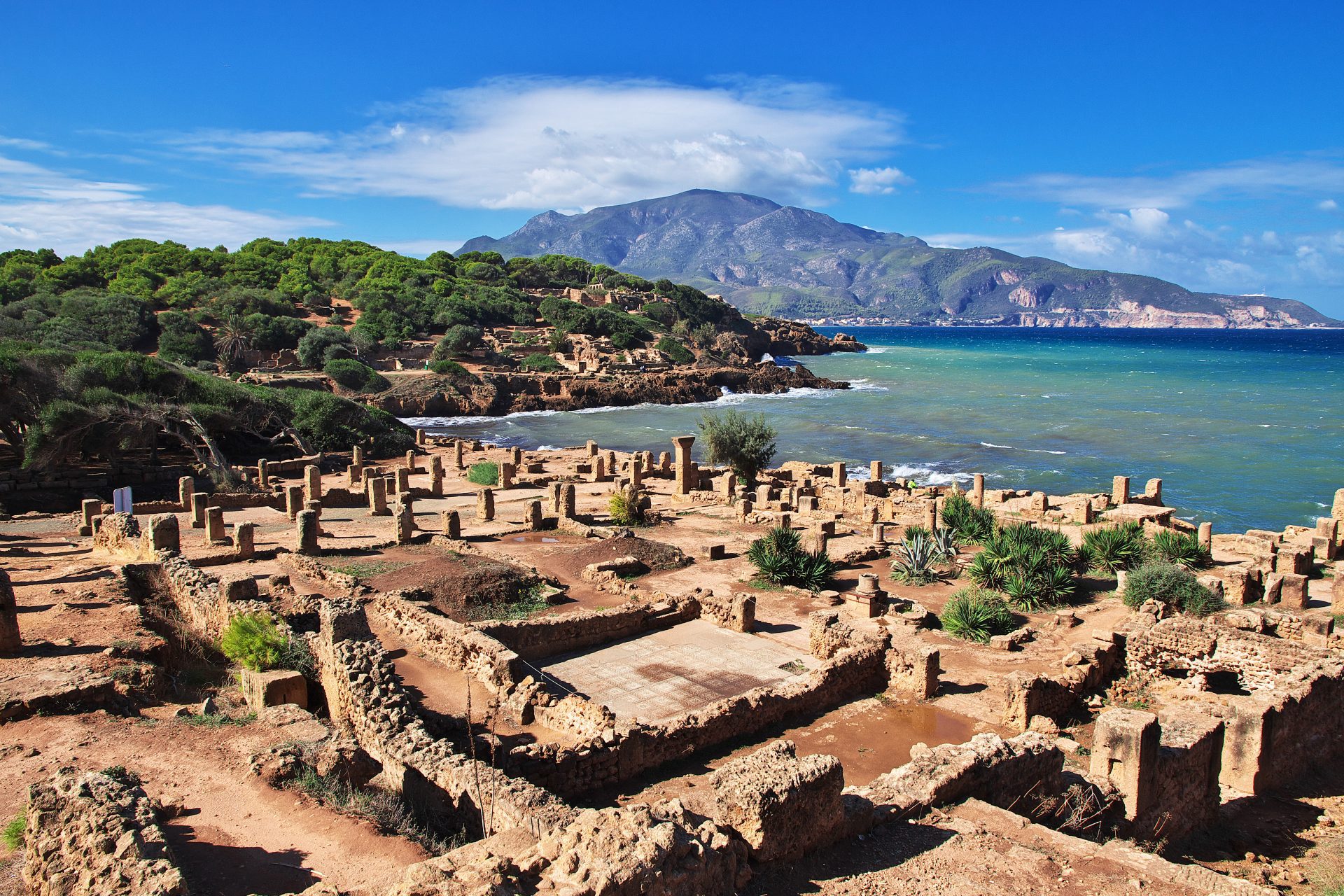Heritage of Outstanding and Universal Value located along the African coast is at risk from climate change.
A global team of climate risk and heritage experts, where Dr Nicholas Simpson from the University of Cape Town’s (UCT) African Climate and Development Initiative (ACDI) was one of the leading contributors, have provided the first comprehensive assessment of exposure of African cultural and natural Heritage Sites to extreme sea levels and erosion associated with accelerating Sea Level Rise.
The team invested a year identifying and painstakingly mapping the physical boundary of 284 African coastal heritage sites. They then modelled the exposure of each site at future global warming scenarios.
They found 56 sites (20%) are at risk from a one-in-100-year extreme sea-level event including the iconic ruins of Tipasa (Algeria) and the North Sinai archaeological Sites Zone (Egypt). The paper’s authors shared: “By 2050, the number of exposed sites is projected to more than triple, reaching almost 200 for high emissions”.
At least 151 natural and 40 cultural sites will be exposed to the 100-year event from 2050 onwards, regardless of the warming scenario. The authors explained: “There are several countries which are projected to have all their coastal heritage sites exposed to the 100-year coastal extreme event by the end of the century, regardless of the scenario: Cameroon, Republic of the Congo, Djibouti, Western Sahara, Libya, Mozambique, Mauritania, and Namibia”.
Under the worst-case scenario, this is also true for Côte d’Ivoire, Cabo Verde, Sudan and Tanzania. They added: “This is very concerning because none of these countries currently demonstrate adequate management or adaptive capacity to anticipate or establish heritage protections commensurate with the severity of these hazards”.
A co-author on the paper shared: “Small island heritage sites are especially at risk. For example, Aldabra Atoll, the world’s second-largest coral atoll, and Kunta Kinteh Island (The Gambia) could both see significant amounts of their extent exposed by 2100 under high emissions raising questions of their survivability under climate change.”
The results highlight the importance of climate change adaptation and mitigation responses to protect and reduce the exposure of these iconic heritage sites. The authors explained: “If climate change mitigation successfully reduces greenhouse gas emissions from a high-emissions pathway to a moderate emissions pathway, by 2050 the number of highly exposed sites can be reduced by 25%. This would be a significant saving in terms of Loss and Damage from climate change”.
The authors highlighted: “These findings help with prioritising sites at risk and highlight the need for immediate protective action for African Heritage Sites; the design of which requires in-depth local-scale assessments of vulnerability and adaptation options. Urgent climate change adaptation for heritage sites in Africa includes improving governance and management approaches; site-specific vulnerability assessments; exposure monitoring; and protection strategies including ecosystem-based adaptation”. Find out more
Header Image Credit : Shutterstock





